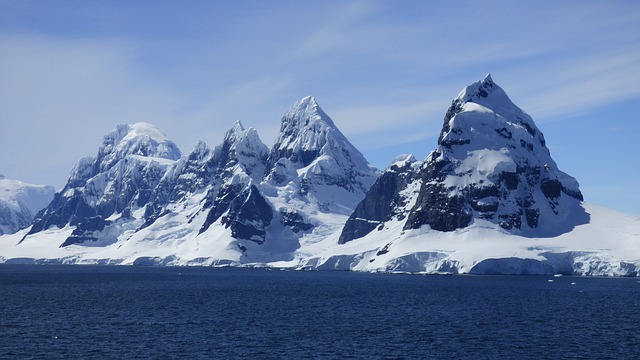Under the thickness of the Antarctic ice, scientists have discovered a tectonic relief that has a huge impact on the melting of the largest ice shelf on the continent.

Hidden from prying eyes, the rock has been controlling water flows around the giant Ross ice shelf for hundreds of millions of years. This shelf currently acts as an essential buffer preventing the leaching of more Antarctic ice into the open ocean.
In 2019, researchers discovered the subglacial rock thanks to the IcePod scanning system, which measures the height of the ice shelf, its thickness and internal structure, as well as the magnetic and gravitational forces of the rock on which this ice rests. In fact, IcePod can peer through hundreds of meters of ice to detect underlying rock structures that cannot be seen from satellites.
In a new paper, researchers report that the geological boundary between East and West Antarctica has created a barrier under the continent that protects the Ross ice shelf from warmer waters and further melting. “The geological boundary makes the seabed of the eastern part of Antarctica much deeper than in the west, and this affects how ocean water circulates under the ice shelf,” says marine geologist Kirsty Tinto from Columbia University.
As a result, this barrier slows down the drift of approximately 20% of all Antarctic ground ice into the ocean. If all this mass of frozen water were in warmer regions, the sea level would rise by as much as 11.6 meters. This is critically important for many coastal areas and settlements around the world – it is unlikely that they would have survived after such a large-scale flood.
